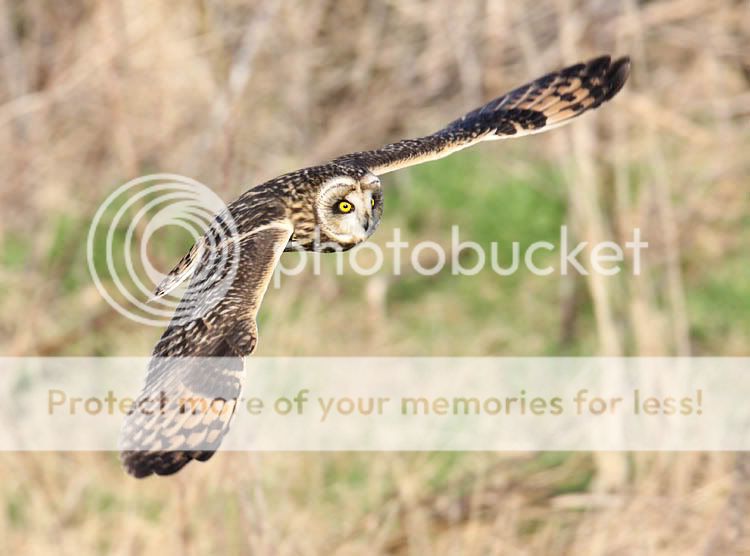I have been trying a lot recently for BIFs and I am disillusioned with the high percentage of OOFs that I have been getting. I am using a 40D and 600f4 IS with a 1.4x.
I have come to the conclusion that the first step may be to bin the 1.4x . Can any of you guys offer me a typical list of camera settings that you would use.
I am currently trying 400ISO, Spot metering, AV, Wide open. always tripod mounted.
I acknowledge that my technique may be crap, so any hints in that department would also be gratefully received.
Many thanks
I don't have the answers, because I've never used anything like that setup. I'm sure you're aware of the figures but can we just run over some stats...
600mm + 1.4X telecon = 840mm (35mm equivalent)
Factor in the 1.6X crop and you have 1,344mm (35mm equivalent)
With that kind of focal length I'm not sure how much reliance can be placed on IS (not sure if the 1.4X hampers performance in any way) or, given you can't have the tripod locked down, if you're tracking BIF, how much you can depend on the tripod either. You probably need 1/1000 shutter speed or faster for safety.
Now let's consider DOF. I don't know how big or how far away the birds are but you say you're shooting wide open. So that's F/4 plus the telecon, making f/5.6.
Using the DOF calculator here -
http://www.dofmaster.com/dofjs.html - and figures of 800mm (closest they have to 840mm), on a crop body, at f/5.6 on a target at 100m, you have a DOF of about +/- 1.5m. At 50m your DOF is +/- 40cm and at 200m you have +/- 6m. I don't know how finely the AF can make adjustments to the AF but fine tuning to an accuracy of, say, 50cm at a distance of 100m would be quite impressive, I think. By the way, I've read that Canon's target accuracy for AF operation is to within 1/2 DOF for a consumer camera like the 40D (1/3 DOF for a 1Dxxx). That's probably for a bare lens, and I don't know their acceptable tolerances (if any) if a telecon is added.
So for distances of 100m or less I would say it's quite a challenge for the AF to focus accurately at all (to within 1% or less), much less within the DOF for a BIF. Let's say the focus is tracking on the nearest part of the bird, which is normally how these things work. That means about half your DOF is wasted (ahead of the subject) so you've got no margin of error at all. I can see how you could expect to get decent results on a static object, but seriously, a BIF? Sounds like a very tall order to me.
I would think you're going to have to be at f/8 (equivalent) at least, and 1/1000, and have a well lit contrasty subject (oh, and very good (predictive) tracking skills yourself) to stand any real chance of success.
Like I say, no personal experience so I could be talking rubbish, but it's worth considering how tough the challenge should be.




